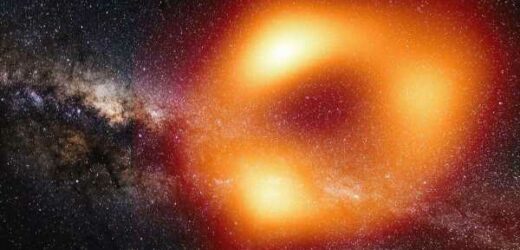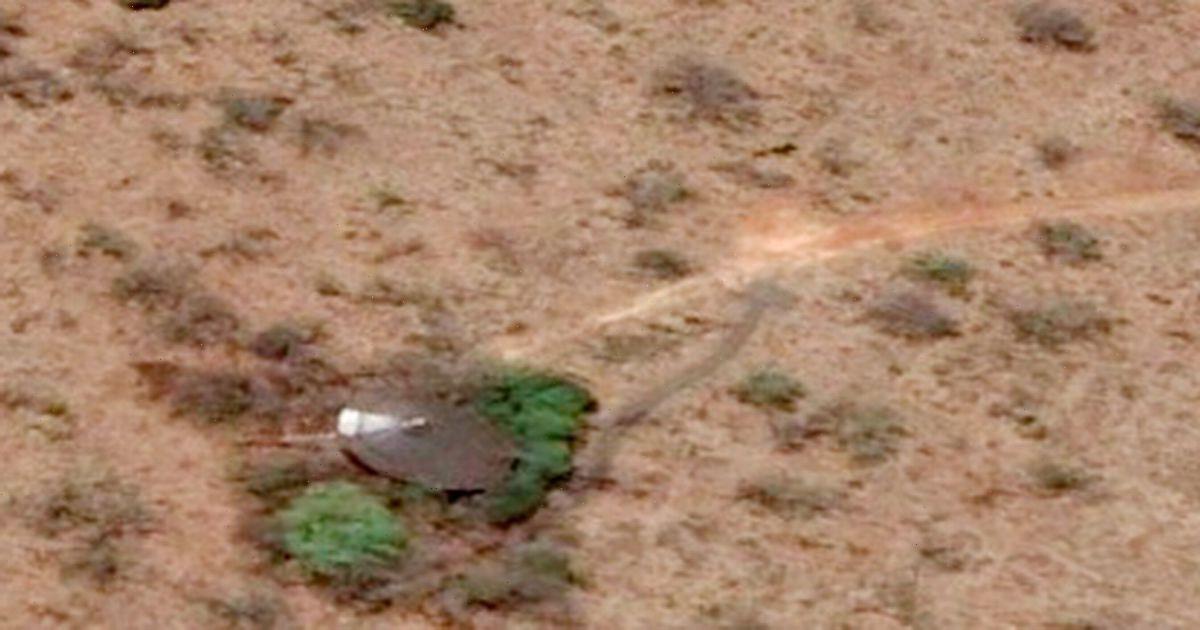First ever image of a black hole on the Milky Way revealed
We use your sign-up to provide content in ways you’ve consented to and to improve our understanding of you. This may include adverts from us and 3rd parties based on our understanding. You can unsubscribe at any time. More info
Dwarf galaxies are — as the name would suggest — small galaxies, made up of around 1,000 to several billion stars. This is compared to the Milky Way — our galaxy — which is made up of some 200 to 400 billion stars. The Large Magellanic Cloud, near the Milky Way, is often described as a dwarf galaxy, but, containing more than 30 billion stars, others classify it as a fully-fledged galaxy.
This is just one example of the disagreement within science about dwarf galaxies, the first of which was discovered surprisingly recently in scientific terms, in 1938.
A relatively new field, breakthroughs in the study of dwarf galaxies are regularly made, including a recent discovery in a study carried out at the University of North Carolina at Chapel Hill.
It was here that researchers found that dwarf galaxies are home to many more black holes than previously thought.
Giant spiral galaxies like the Milky Way are believed to have formed as a result of thousands of dwarf galaxies merging together.


The new find could mean that the supermassive black hole discovered at the centre of our galaxy — made in 1974 and known as Sagittarius A* — eventually grew to the size it is by feeding on black holes from the smaller dwarf galaxies.
The researchers say that although they cannot be observed directly, actively growing black holes are surrounded by a glowing outer ring of hot gas.
This ring is heated to millions of degrees as a result of friction when it is sucked towards the black holes.
Astronomers look for this source of high-energy radiation when searching for black holes, as it is considered a classic sign that one is nearby.
JUST IN: Life’s building blocks may form in space, asteroid study claims

But when stars come into existence, they too can produce similar patterns of radiation, often hindering researchers in their ability to distinguish the two phenomena.
Analyses often return ambiguous results.
To make the new discovery, the team trawled through data collected on thousands of galaxies via the large-scale RESOLVE and ECO cosmological surveys which look for signs of a specific type of growing black hole.
These black holes are usually rejected by previous searches because of contradicting data, according to BBC Science Focus magazine, which reported the breakthrough.
DON’T MISS
Brexit news: The six countries that could join the EU next [REPORT]
Russia tries to hijack satellite orbiting Earth [INSIGHT]
Space breakthrough as massive radio signal detected in distant galaxy [ANALYSIS]


In doing this, the team found that an astonishing 80 percent of growing black holes in the dwarf galaxies surveyed belonged to this type of disregarded phenomena.
Mugdha Polimera, the study’s lead and UNC-Chapel Hill PhD student, told the publication: “This result really blew my mind because these black holes were previously hiding in plain sight.
“The first question that came to my mind was: Have we missed a way that extreme star formation alone could explain these galaxies?”
Later, the team ruled out a number of alternative explanations which involved star formations, “experimental uncertainties, and exotic astrophysics”.

Professor Sheila Kannappan, Polimera’s PhD advisor, said: “We’re still pinching ourselves. We’re excited to pursue a zillion follow-up ideas.
“The black holes we’ve found are the basic building blocks of supermassive black holes like the one in our own Milky Way.
“There’s so much we want to learn about them.”
Last month, scientists managed to photograph Sagittarius A* for the first time in history.

It is a staggering four million times the mass of our Sun, which is itself about 333,000 times the mass of the Earth.
An eerily red doughnut-like sphere was pictured, with a black space at its centre.
The red is light seen coming from the super-heated gas, accelerated by extraordinarily strong gravitational forces.
For scale, the ring has a diameter of around 60 million kilometres — about 40 million miles.
You can subscribe to BBC Science Focus magazine here.
Source: Read Full Article


